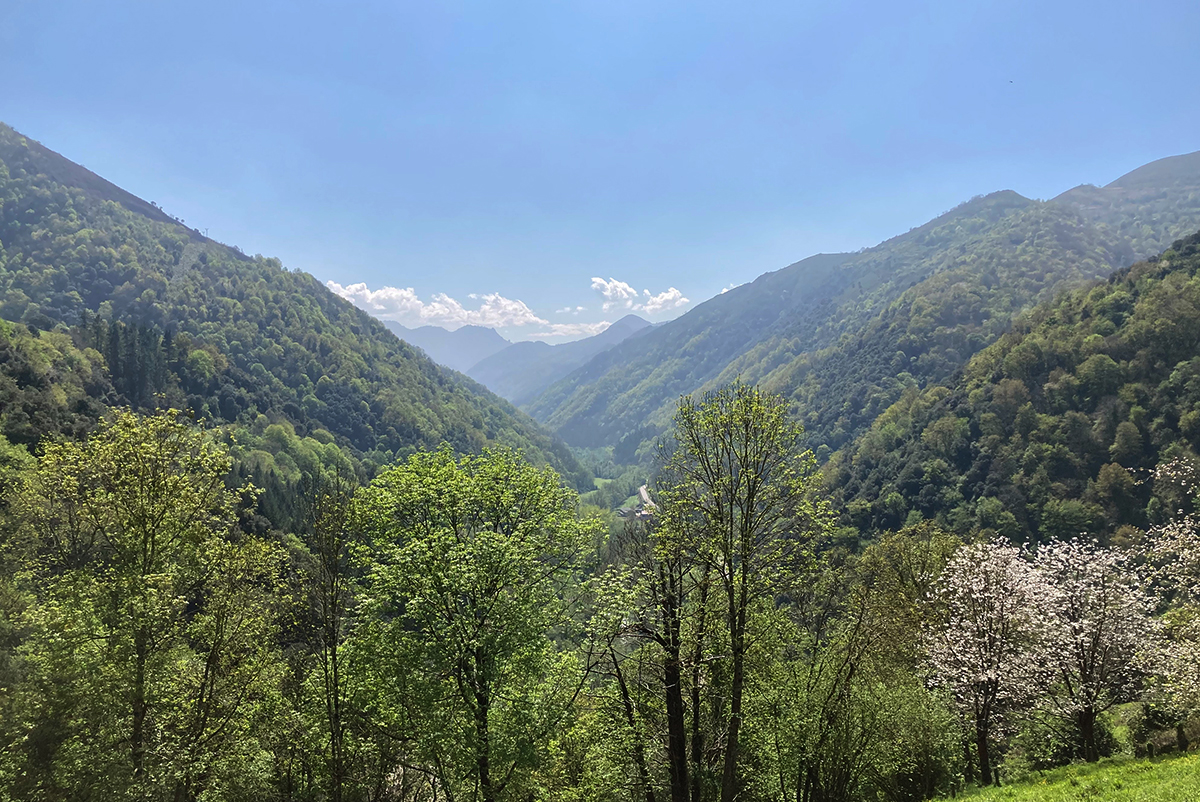Services 
Located in the central-western area of Asturias and within the Camín Real de la Mesa region, the council of Belmonte de Miranda hides a great natural and cultural wealth. It borders Salas to the north, Grado to the east, Somiedo and Teverga to the south and Tineo to the west.
Our way of life, our culture and our gastronomy is the result of centuries of adaptation between man and nature, an effort of generations to make the most of the mountains, meadows and rivers. Today, Belmonte de Miranda can boast of keeping alive traditions lost in other parts of Asturias, such as spelt cultivation, gold mining and cowboy culture.
We have areas protected by the European Union through the Natura 2000 Network; areas and biodiversity that give the municipality enormous potential for ecotourism and nature tourism, which can be enjoyed on our numerous mountain routes.
The Aula del oro, the Casa del Lobo and the Museo Las Ayalgas de Silviella are the cultural facilities where you can learn about the extraction of gold in Belmonte, the coexistence between humans and wolves, or get to know the interesting ethnographic and industrial heritage.
